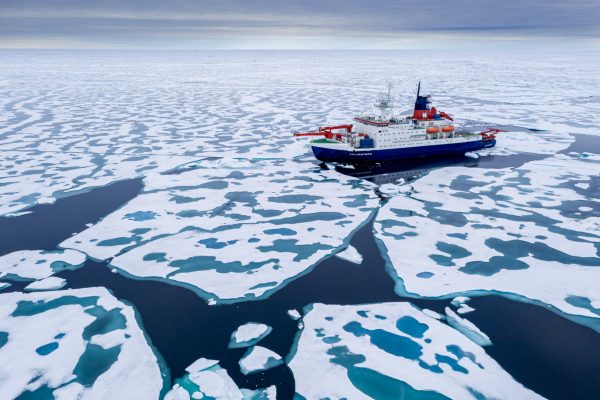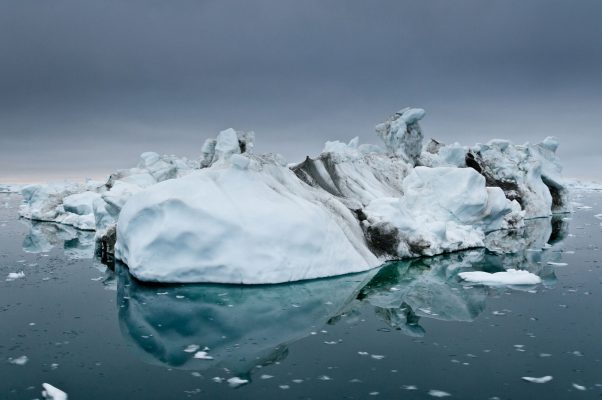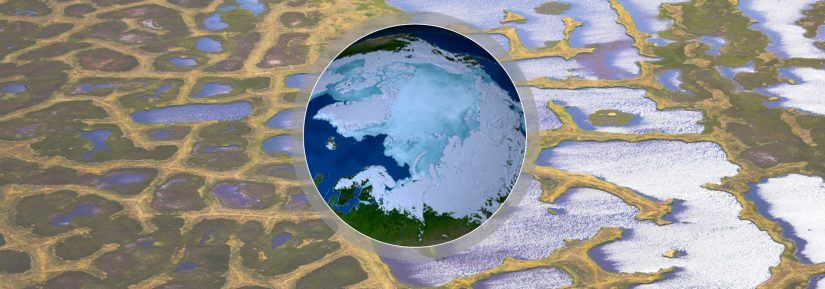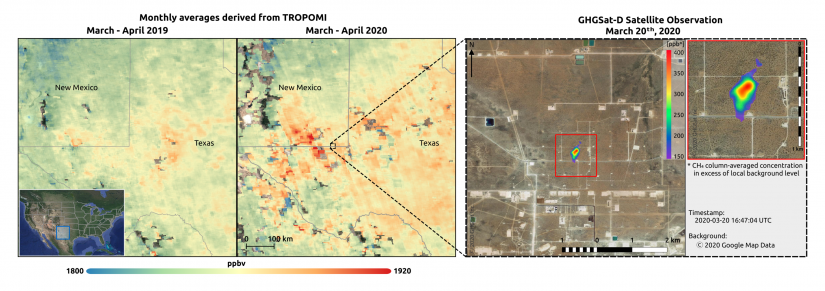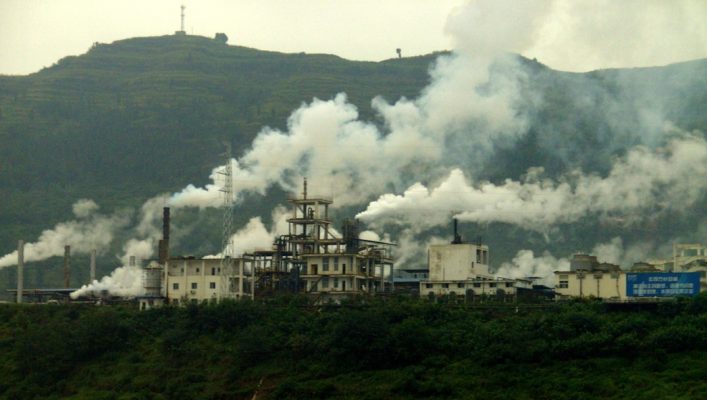Our seas are capturing more carbon than expected
Earth’s oceans help to slow global warming by absorbing carbon from our atmosphere – but fully observing this crucial process in the upper ocean and lower atmosphere is difficult, as measurements are taken not where it occurs, the sea surface, but several metres below. New research uses data from ESA, NASA and NOAA satellites to …



